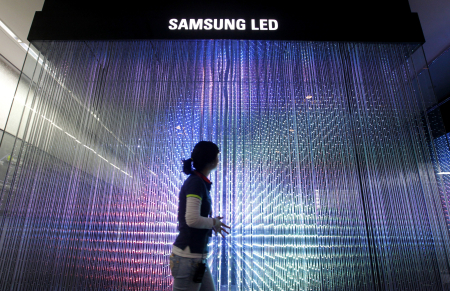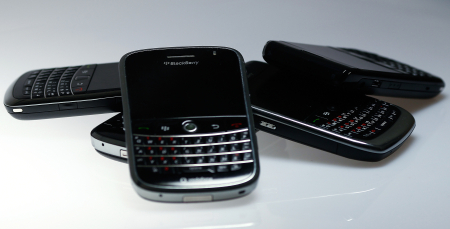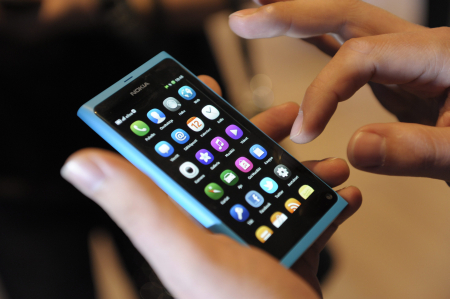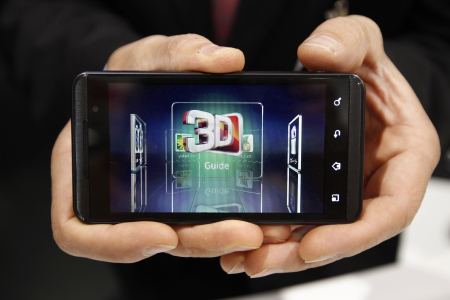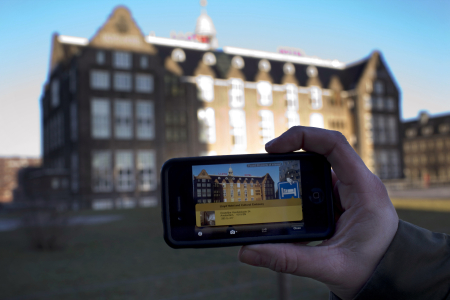 | « Back to article | Print this article |
Top 10 mobile application trends for 2012
Gartner, an information technology research and advisory firm headquartered in Connecticut, United States, has identified what it believes will be the most important mobile applications in 2012.
Focusing on high-end devices with an average selling price of more than $300 dollars, analysts have identified the top 10 cutting-edge technologies and trends for 2012.
Here we list the top 10 consumer applications to watch out for in 2012.
Click NEXT to read more...
Top 10 mobile application trends for 2012
Location-based services
Location is one of the main enablers that deliver services to users based on their context and, Gartner expects the total user base of consumer LBSs to reach 1.4 billion users by 2014.
LBS strive to deliver features and functionalities in tune with the user's context, taking into account the user's location, personal preference, gender, age, profession, intention and so on, thus offering a more-intelligent user experience than basic location services can.
Click NEXT to read more...
Top 10 mobile application trends for 2012
Social networking
Mobile social networking is the fastest-growing consumer mobile app category of the 19 tracked by Gartner. Social network platforms are sucking in increasing amounts of network traffic.
They are becoming portals, transit hubs and cloud storage for increasing amounts of messaging and e-mail traffic, videos, photos, games and commerce.
As mainstream adoption progresses, global social sites will be driven toward providing services in partnership with third parties using open APIs, and are likely to evolve to a role as infrastructure providers acting as data warehouses and providing user data and access to the more-consumer-facing brands.
Click NEXT to read more...
Top 10 mobile application trends for 2012
Mobile search
Visual search is usually related with product search to enable price comparisons or to check product information. To bring mobile search to the next level, the app would allow users to take actions based on the result, such as making a call or reservation, buying a ticket, placing an order, and so on.
Gartner advises search providers to build the experience around mobile to allow users access to immediate results and to take actions, given the short time span users have.
Click NEXT to read more...
Top 10 mobile application trends for 2012
Mobile commerce
Today, mobile commerce is more of an extension of e-commerce but in a smaller form factor and with a more-streamlined experience.
However, over the next 24 months, Gartner expects the emergence of uniquely mobile functions, such as the ability to "check in" to a store to alert a retailer that you are there, or the ability to add items to a shopping cart simply by taking a photo of an item or bar code in the physical store.
Click NEXT to read more...
Top 10 mobile application trends for 2012
Mobile payment
Although near field communication payment will be included in high-end phones from 2011, Gartner does not believe that it will become mainstream before 2015.
In order to get consumers on board, payment solution providers need to address ease-of-use for users and ease-of-implementation for customers without compromising security.
Click NEXT to read more...
Top 10 mobile application trends for 2012
Context-aware service
Context-aware applications provide improved user experiences by using the information about a person's interests, intentions, history, environment, activities, schedule, priorities, connections and preferences to anticipate their needs and proactively serve up the most appropriate content, product or service.
Click NEXT to read more...
Top 10 mobile application trends for 2012
Object recognistion
High-end devices have an increased sensor and processing capability that enable sophisticated applications to recognize the user's surroundings, including specific objects of interest.
Because OR provides an easy-to-use interface, more apps will come to the market with enhanced capabilities by 2012.
Click NEXT to read more...
Top 10 mobile application trends for 2012
Mobile instant messaging
Gartner expects MIM to attract consumers to new types of unified communication client, provided by over-the-top service providers such as Skype.
These service providers are threatening traditional communications service provider voice revenue. Companies that consider including MIM into new products should consider integrating it with other communications types.
Click NEXT to read more...
Top 10 mobile application trends for 2012
Mobile email
Smartphones have begun to drive the mainstream adoption of mobile e-mail through a series of technology enhancements enabling low-cost mobile extensions to existing e-mail service.
Gartner expects mobile e-mail users worldwide to increase from 354 million in 2009 to 713 million in 2014, to account for 10.6 per cent of the global mobile user base.
E-mail addresses are personal and potentially extremely sticky, thus provide carriers, e-mail service providers and OTT players with an opportunity to lock in consumers.
Click NEXT to read more...
Top 10 mobile application trends for 2012
Mobile video
Mobile phones with larger screens and media tablets offer the ideal platform for video consumption and with careful marketing and consumer education, Gartner believes that carriers and content providers would be able to drive mobile video usage in the coming years.
Mobile carriers should partner with YouTube and other popular video providers, so that users can replicate their Internet behavior on their mobile phones, while mobile device manufacturers should integrate HD and 3D capabilities in their high-end devices and look to bundle content either as pre-loaded or as free downloads through an app store.




